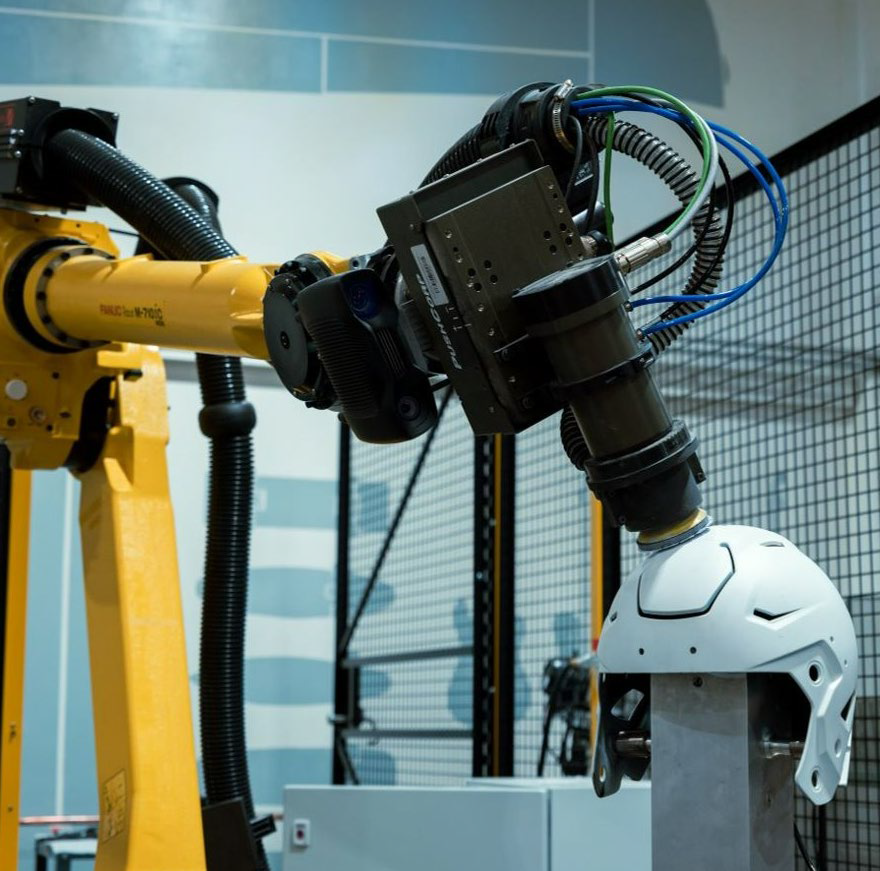5 common robot applications with industrial 3D vision
- Introduction
- Bin-picking
case study - Pickit
Achieving 3DIQ
3D imaging techniques - Depalletization
Case study - Siemens
3D imaging at large distances - Inspection
Case study - MoviMED
Dealing with highlights and shiny objects - Food Automation
Case study - SIXPAK
Benefits of 3D color
Zivid color point cloud - Logistics Automation
Case study - DHL
Multi-camera calibration - Conclusion
Download the full free eBook!
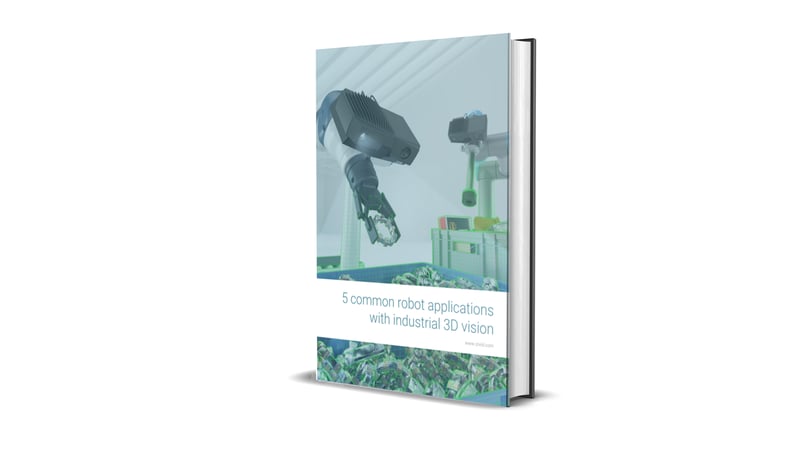
Introduction
2D machine vision systems have been deployed for a wide range of tasks in the last few decades. The 2D vision solutions are popular as they are relatively easy to implement and cost-effective for some applications. On the other hand, 3D machine vision systems are emerging technologies that there are still plenty of opportunities to be discovered. Here are three main reasons why automation engineers can benefit from 3D vision technologies than 2D:
First, 3D vision provides higher accuracy when an object is sensitive to lighting. As a 2D image depends on a target object’s surface, variations in lighting may prevent getting precise edges or shapes. With the help of the additional Z data, 3D vision systems can generate high-quality 3D point clouds regardless of environmental factors.
3D vision systems can also capture images precisely at any position of a target object. Different from a flat 2D image, 3D image sensors can detect an object from a distance on any surface. Lastly, 3D vision recognizes a three-dimensional shape or part’s volume, which is essential for a successful pick-and-place operation.
We put together this eBook to help you understand the benefits of using 3D machine vision systems by using real-life examples of 3D vision-based robot applications. As industrial automation industries grow, more companies are likely to seek complex, diverse, and high-performance solutions that 3D vision technologies can offer.
The five common application examples are chosen to cover different use cases of 3D machine vision systems:
- Bin-picking
- Depalletization
- Inspection
- Food picking
- Logistics
All the examples are based on our Zivid 3D industrial cameras. The cameras come with 3D vision software tools, including Zivid Studio and SDKs. After each application example, key 3D vision technologies will be featured to take a deep dive into technical details on how to develop a 3D machine vision application.
Bin-picking
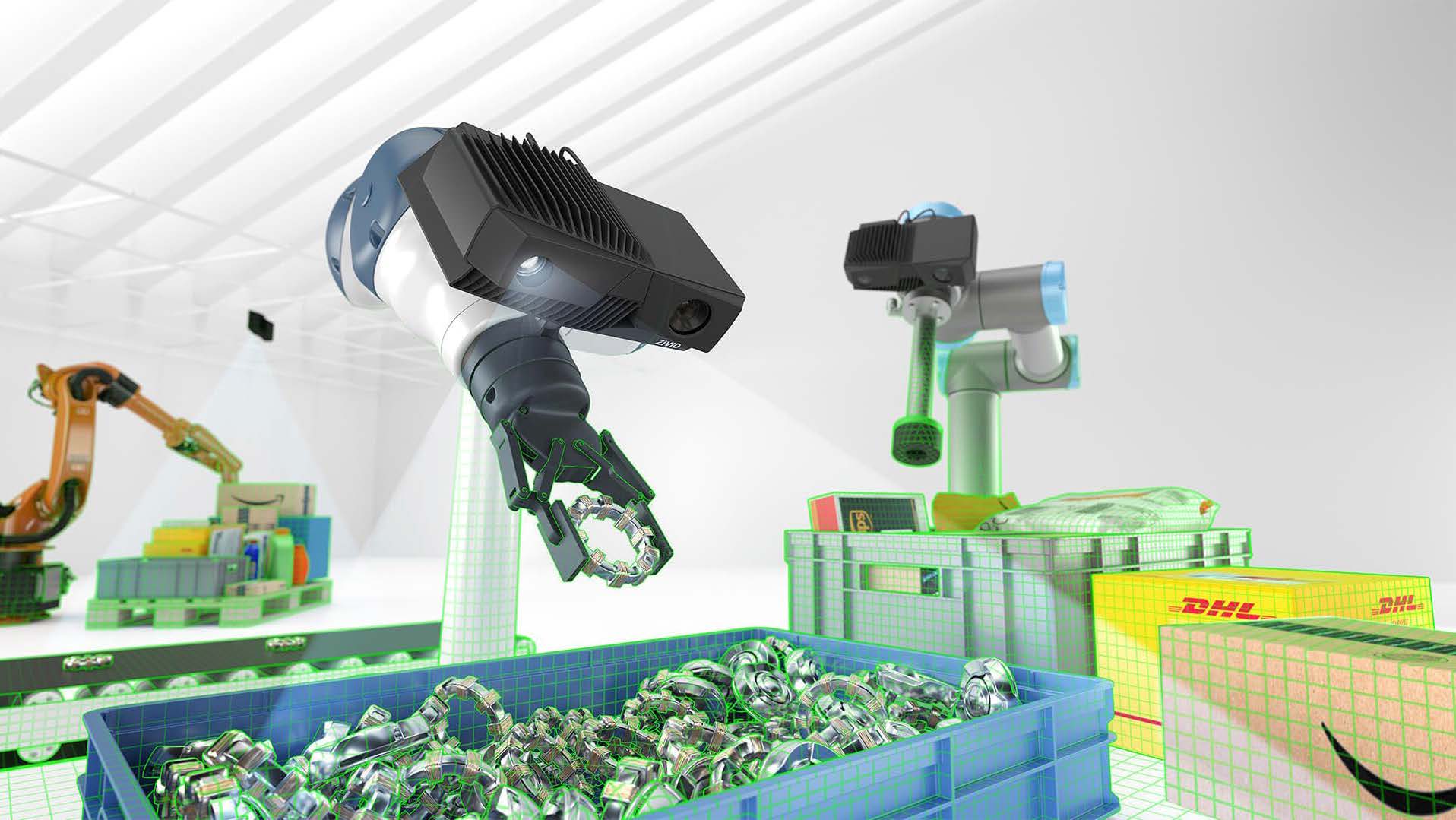
Bin-picking is an automated process of detecting, classifying, picking, and placing a target object to achieve the desired result. It is one of the most common automation applications in smart factories and warehouses. 3D machine vision cameras play an essential role in increasing the accuracy of the bin-picking operation, especially for tiny objects and randomly distributed items.
In the first case study, we will learn more about how to develop a robust bin-picking system with a 3D vision through Pickit’s story. Some techniques on how to improve 3D image accuracy will be discussed in the following section.
Download the eBook to read the bin-picking case study.
Depalletization
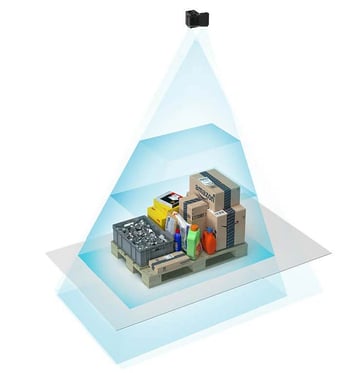
Palletization or depalletization is another area where automation is widely deployed. As depalletizing multiple packages at a time is a highly repeated and arduous work, companies can increase productivity by using automated machines to complete the tasks with high speed.
Our next case study features Siemens’ automated depalletization solutions and explains how the company used the Zivid 3D cameras to meet tough requirements. Afterward, some key considerations for capturing high-quality 3D images at large
distances will be covered.
Download the eBook to read the depalletization case study.
Inspection
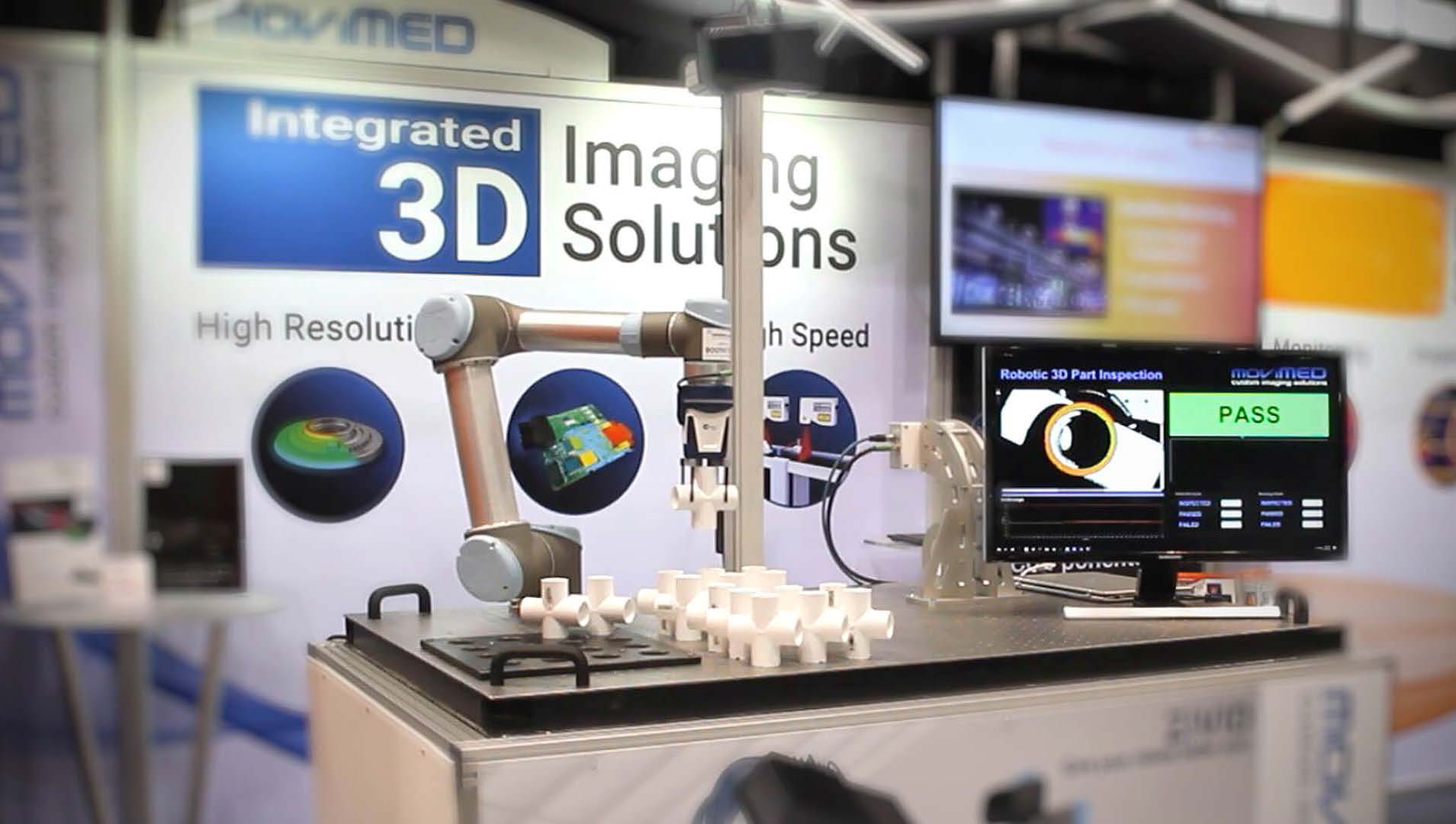
Automated inspection systems help manufacturing companies ensure product quality and a fast production cycle. To measure even tiny details of target objects, it is critical to choose a high-performance 3D vision camera that is not affected by other conditions from target materials or working environments.
The MoviMED case study illustrates how the Zivid 3D camera plays a vital role in solving challenges with robotic inspection for pipe fitting verification. We will then explore how to capture challenging objects using 3D vision technology.
Download the eBook to read the inspection case study.
Food Automation
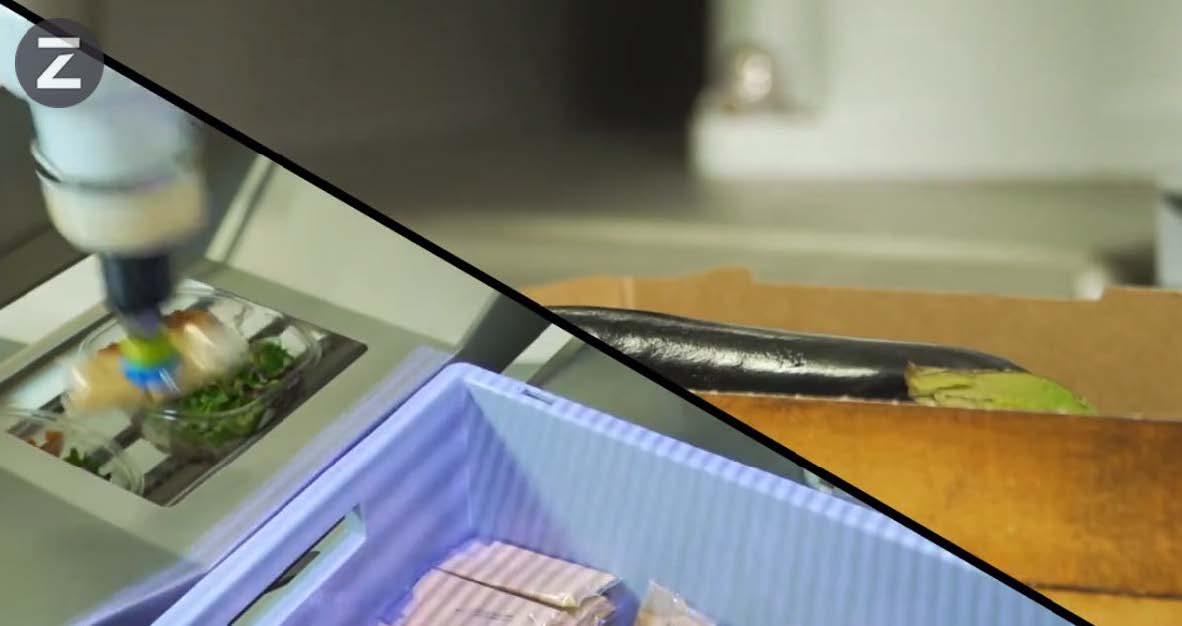
3D machine vision systems can be deployed in consumer industries like food automation. Food automation consists of food processing, segmentation, and packing using an automated machine. According to a survey from the Association for Packaging and Processing Technologies, 94% of food packaging operations are already using robotics.
The SIXPAK case study highlights why 3D color vision is critical for improving food production capabilities. You will learn more about the benefits of using color point clouds and the 3D technologies behind it.
Download the eBook to read the food automation case study.
Logistics Automation
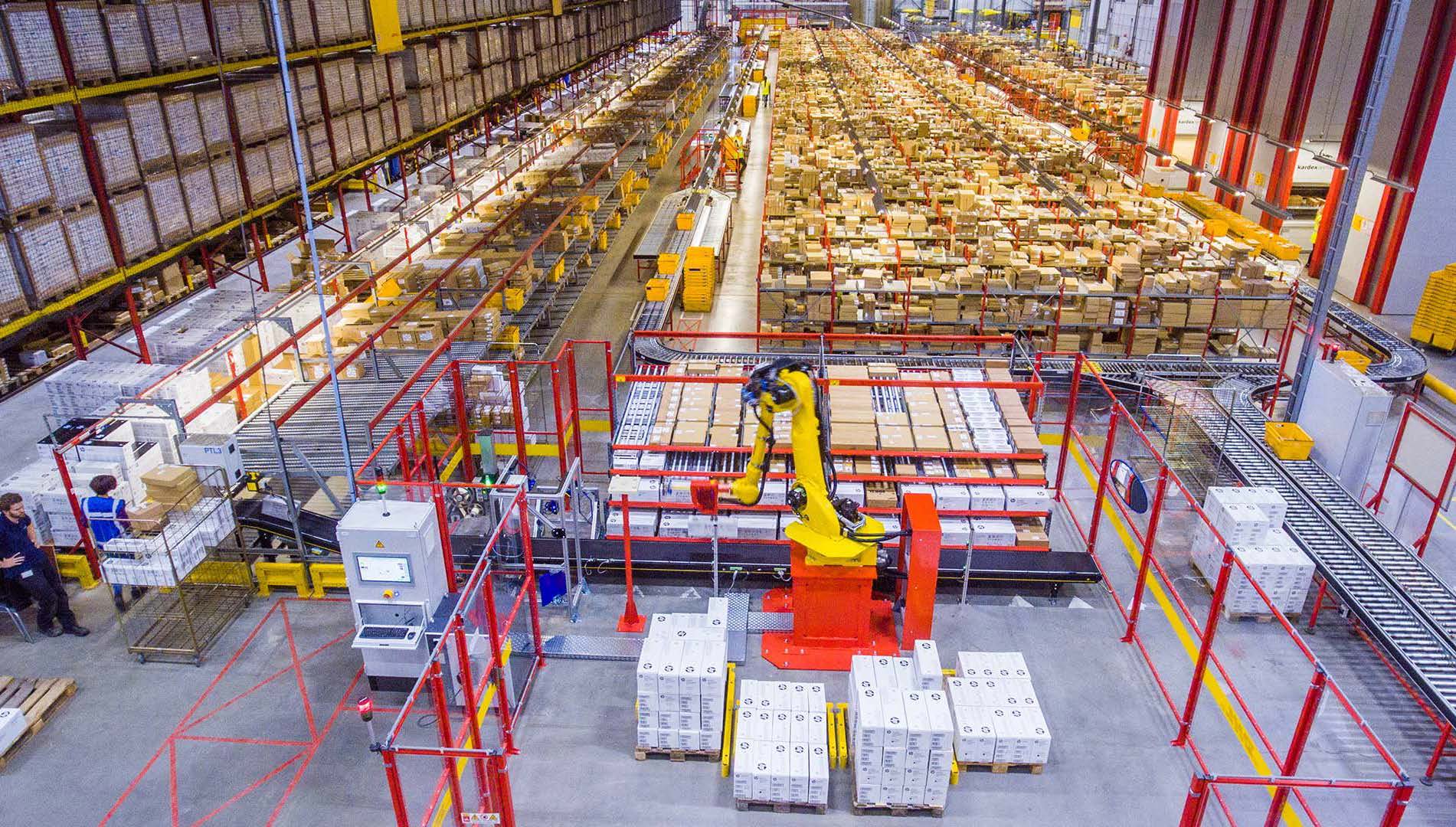
As e-commerce rapidly grows, the demand for logistics automation is higher than ever. Logistics automation allows various freight companies to run their business 24/7 without losing operation efficiency constantly. 3D vision technology helps them track, monitor, and move items precisely so that they can minimize costly errors.
The DHL case study unveils the future of logistics automation using 3D vision capabilities. We will then introduce our new 3D technology called multi-camera calibration, which enables 360º 3D capturing for potential applications in the logistics automation industries.
Download the eBook to read more.
You May Also Like
These Related Stories
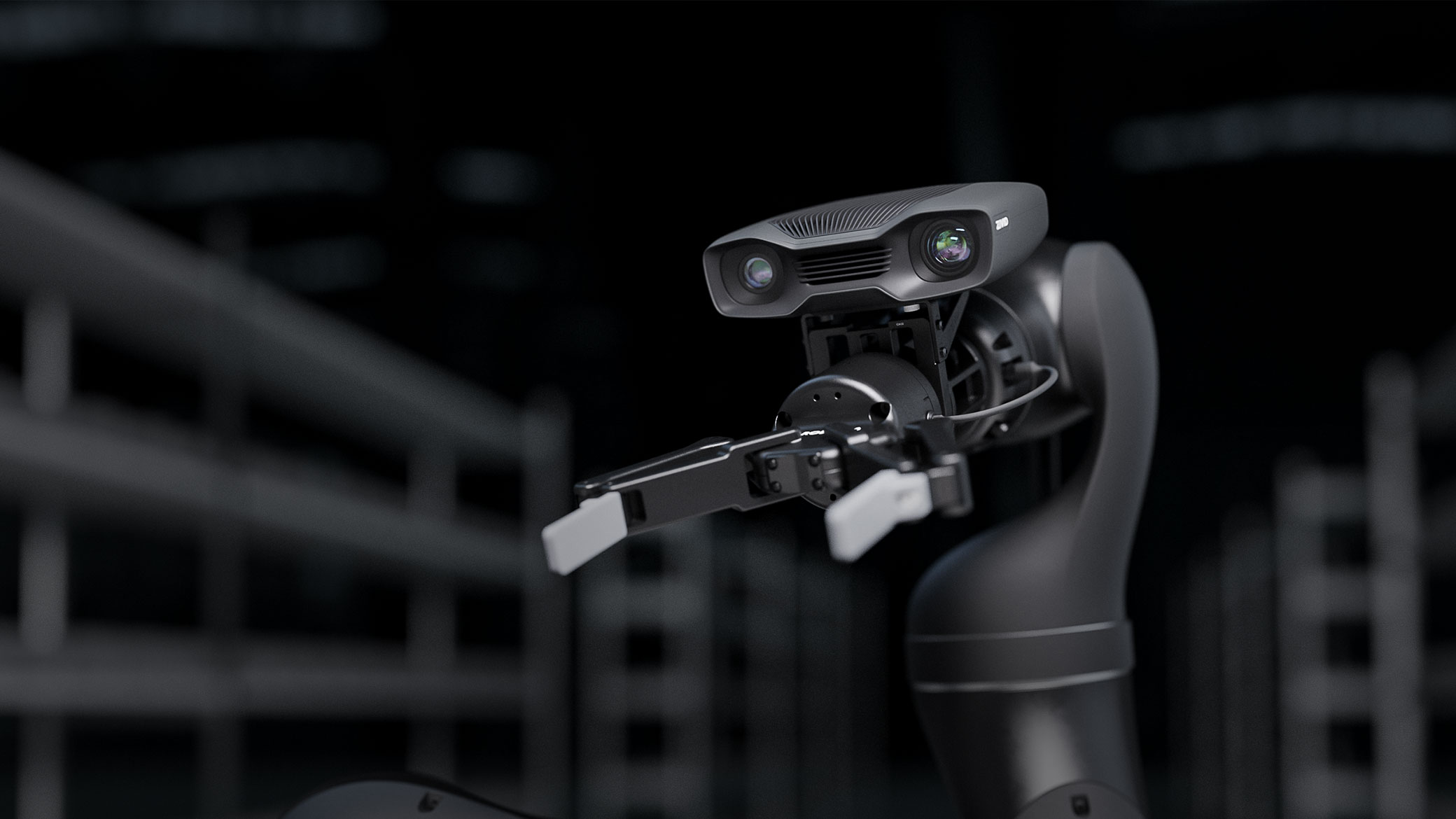
The Advantages of 3D Sensors in Robotic Machine Tending
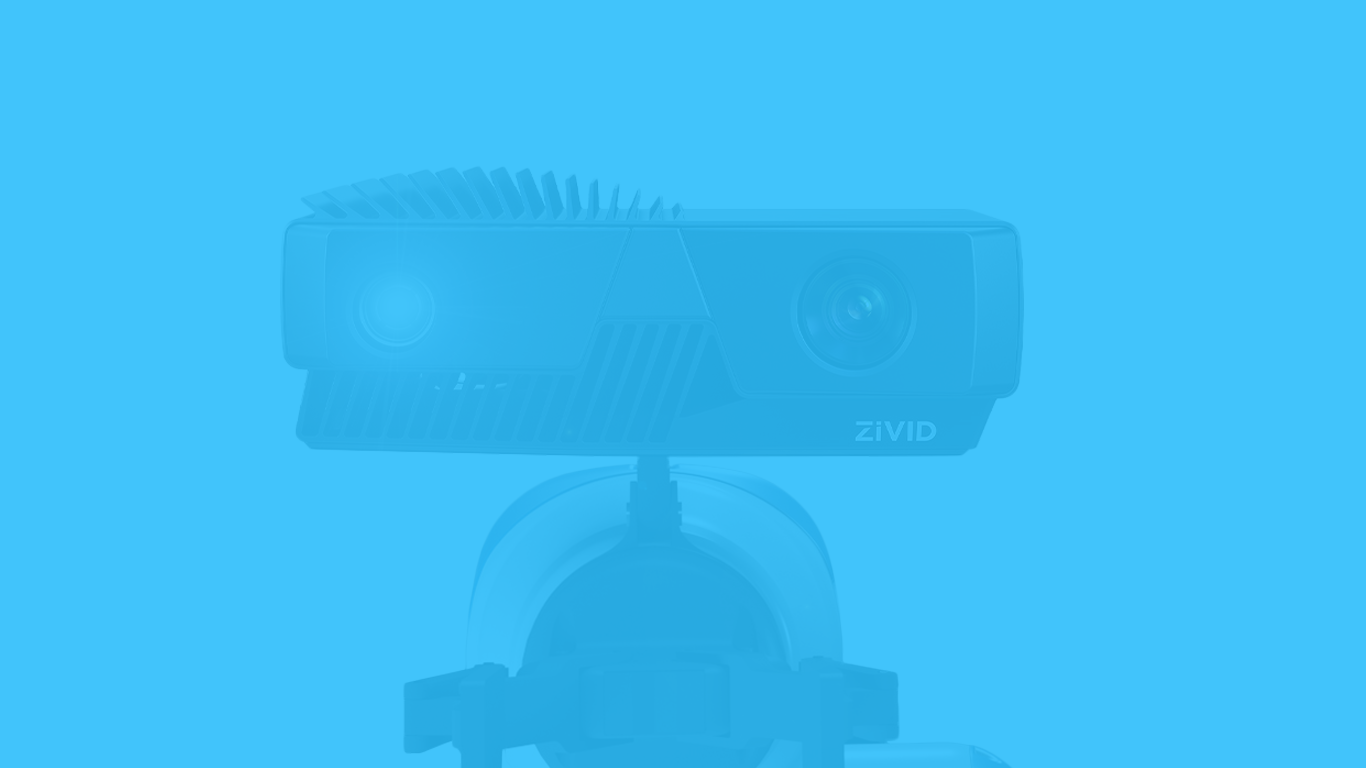
A beginner's guide to 3D machine vision cameras
